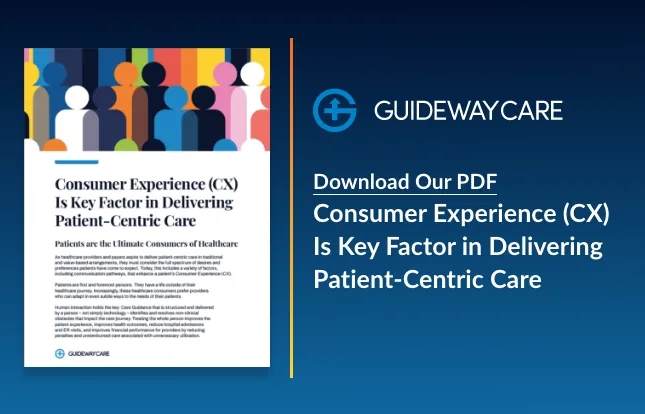Advantages of BPCI-A for Bundled Payment Success

BPCI-A, the latest iteration of the Bundled Payments for Care Improvement initiative from the Centers for Medicare and Medicaid Services (CMS), is now open for applications. If you’re unfamiliar with BPCI or its predecessors, it’s worth looking at this new program. CMS has identified an increased focus on episode payment models as a critical area to improve care while lowering costs. And that’s where BPCI-A comes in.
This model offers a more collaborative healthcare process that helps providers and payers manage the costs associated with care.
Read more: What is BPCI (Bundled Payments for Care Improvement)?
Bundled payments are an agreement between payers and providers that bundled payment for all services provided during an episode of care. This means payments are made at a set rate rather than charging separately for each service.
Read on to understand why BPCI-A is an excellent opportunity for providers, how to get started, and the potential benefits you can reap.
Benefits of Applying for BPCI-A
Bundled payment initiatives are an effective way to provide better care at lower costs. Through the BPCI Advanced program, participating providers and suppliers can benefit from a variety of incentives, including:
1. Increased Reimbursement Rates
Regarding bundled payment initiatives, the BPCI-A model is one of the more effective cost-containment models providers can use. This voluntary program allows hospital systems and other healthcare entities to receive a fixed prospective payment from Medicare for specific episodes of care related to certain diagnosis groups. Based on the CMS reports, the BPCI-A model increases reimbursement rates for providers, which can then be used to fund initiatives to improve care quality, reduce unnecessary costs, and generate cost savings.
2. Enhanced Care Coordination and Collaboration
The value-based care model requires active collaboration and cooperation between multiple providers. With BPCI-A, physicians can better coordinate care throughout the episode of care to ensure that all necessary services are provided promptly. By enhancing collaboration and coordination between providers, patients can receive higher-quality care and avoid unnecessary costs associated with duplicate testing or procedures.
3. Improved Patient Outcomes
BPCI-A provides a framework for improved patient outcomes by shifting from fee-for-service to value-based care. The program’s bundled payments encourage providers to collaborate to coordinate evidence-based care, reducing costly hospital readmissions and improving the overall quality of care. Additionally, providers can use data collected throughout the episode of care to monitor patient progress, adjust treatments and interventions as needed, and better understand how they can improve processes over time.
4. Faster Adoption of Value-Based Care Models
BPCI-A is designed to help providers move quickly and efficiently down the path of value-based care models. This faster adoption can mean reduced costs for healthcare, improved quality outcomes, and higher levels of patient satisfaction. The program enables providers to adjust their payment structures to better align with patients’ needs while ensuring they remain competitive in their markets.
The BPCI-A model is the latest in bundled payment programs designed to streamline care delivery and reduce unnecessary costs. For adopting the BPCI-Advanced model, contact Guideway Care. We provide end-to-end guidance and technical assistance to help you get onboarded quickly and successfully.
Contact Us Today To Learn How We Can Help
"*" indicates required fields




